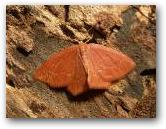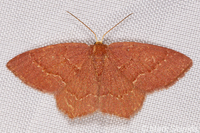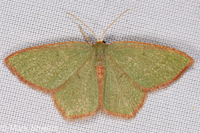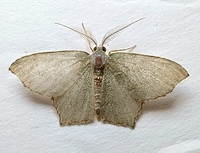
| Recorded by: Mark Basinger on 2025-04-25
Brunswick Co.
Comment: | 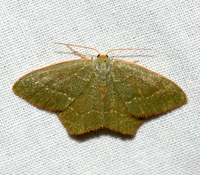
| Recorded by: David George, Jeff Niznik on 2025-04-05
Chatham Co.
Comment: |

| Recorded by: David George, Jeff Niznik on 2025-04-05
Chatham Co.
Comment: | 
| Recorded by: Mark Shields on 2025-04-04
Onslow Co.
Comment: |

| Recorded by: Mark Basinger on 2024-05-19
Rowan Co.
Comment: | 
| Recorded by: Mark Basinger on 2024-05-19
Rowan Co.
Comment: |
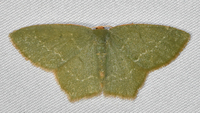
| Recorded by: Emily Stanley on 2024-05-03
Buncombe Co.
Comment: | 
| Recorded by: David George, Jeff Niznik on 2024-04-29
Chatham Co.
Comment: |

| Recorded by: David George, Stephen Dunn, Jeff Niznik on 2024-04-29
Chatham Co.
Comment: | 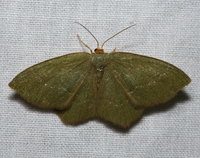
| Recorded by: David George, Stephen Dunn, Jeff Niznik on 2024-04-29
Chatham Co.
Comment: |

| Recorded by: David George, Stephen Dunn, Jeff Niznik on 2024-04-29
Chatham Co.
Comment: | 
| Recorded by: K. Bischof on 2024-04-18
Transylvania Co.
Comment: |
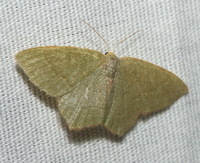
| Recorded by: David George, Jeff Niznik, Rich Teper on 2024-04-17
New Hanover Co.
Comment: | 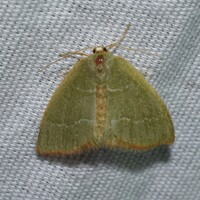
| Recorded by: David George, Jeff Niznik, Rich Teper on 2024-04-16
New Hanover Co.
Comment: |

| Recorded by: Mark Basinger on 2024-04-13
Wilson Co.
Comment: | 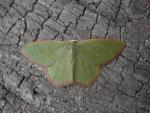
| Recorded by: R. Newman on 2024-04-10
Carteret Co.
Comment: |

| Recorded by: Mark Basinger on 2024-04-02
Wilson Co.
Comment: | 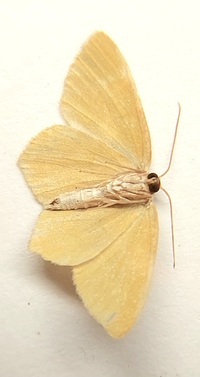
| Recorded by: Mark Basinger on 2024-04-02
Wilson Co.
Comment: |
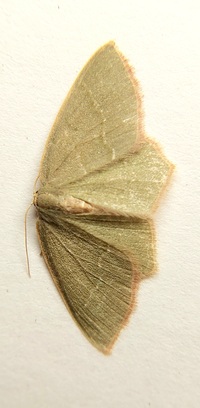
| Recorded by: Mark Basinger on 2024-04-02
Wilson Co.
Comment: | 
| Recorded by: David George, Jeff Niznik on 2024-04-01
Chatham Co.
Comment: |
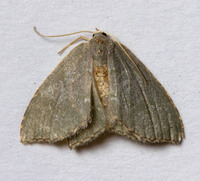
| Recorded by: Stephen Hall on 2023-05-23
Orange Co.
Comment: | 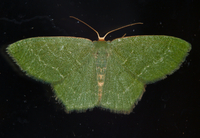
| Recorded by: Jim Petranka on 2023-05-11
Madison Co.
Comment: |

| Recorded by: K. Bischof on 2023-04-20
Transylvania Co.
Comment: | 
| Recorded by: R. Newman on 2023-04-12
Carteret Co.
Comment: |

| Recorded by: R. Newman on 2022-05-05
Carteret Co.
Comment: | 
| Recorded by: David George, L. M. Carlson on 2022-04-25
Orange Co.
Comment: |

| Recorded by: tom ward on 2021-05-20
Buncombe Co.
Comment: | 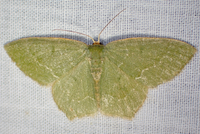
| Recorded by: tom ward on 2021-05-08
Buncombe Co.
Comment: |
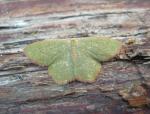
| Recorded by: R. Newman on 2021-04-18
Carteret Co.
Comment: | 
| Recorded by: Jeff Niznik on 2021-04-17
Wake Co.
Comment: |
|

 »
»